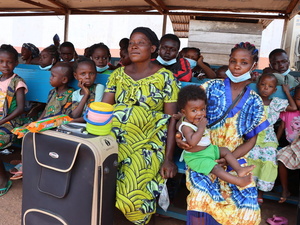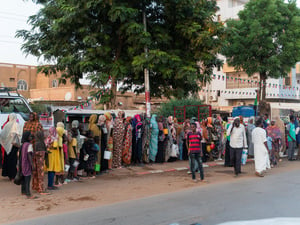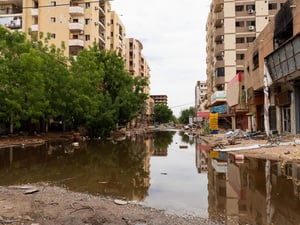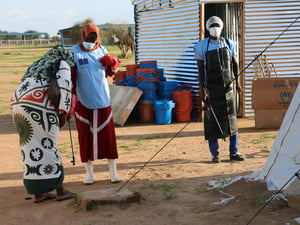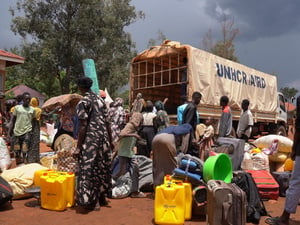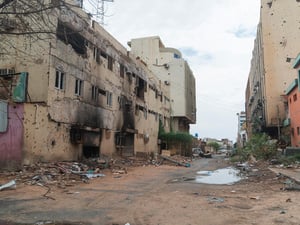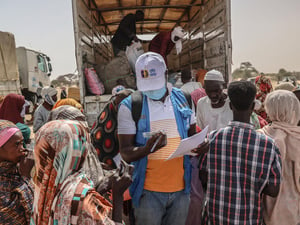UNHCR starts relocation of 3,500 Sudanese refugees in Central African Republic
UNHCR starts relocation of 3,500 Sudanese refugees in Central African Republic

Sudanese refugees at the Sam Ouandja site in north-eastern Central African Republic. UNHCR is helping relocate the refugees to the south.
BAMBARI, Central African Republic, November 16 (UNHCR) - The UN refugee agency and the Central African Republic (CAR) government have begun relocating some 3,500 Sudanese refugees from a camp in the country's far northeast to Bambari in the safer south-centre.
The refugee airlift began last Wednesday and will take about a month to complete. UNHCR is running four daily flights using 35-seater Dash-8 planes - larger aircraft can't land on the airstrip at Sam Ouandja camp. So far some 500 people have been moved.
Most of the refugees at Sam Ouandja originate from Dafak, a town some 200 kilometres away in Sudan's southern Darfur region. They fled across the border on foot in June 2007 to escape fighting and have been at Sam Ouandja ever since, but in conditions that over the past two years have become increasingly difficult.
"I am very happy to have moved here with my children. I really hope that it will be different from Sam Ouandja and that we will be allowed to start a peaceful new life," said Mariam, who walked for 13 days to reach CAR after fleeing Darfur.
Two main factors have made the move necessary. The first is insecurity. Sam Ouandja lies just 80 kms from the border with Darfur in an area with almost no government presence - the camp has found itself being frequently visited by fighters. The presence of armed bandits and rebels, and the withdrawal of UN peace-keeping troops securing the camp, are further reasons for the move.
Secondly, UNHCR faces extreme logistical difficulties in monitoring and assisting refugees in this remote part of CAR. Poor road conditions have limited UNHCR's ability to transport aid to the camp. Instead of monthly distributions, the food and aid has been delivered every two or three months. During the rainy season, it takes, on average, 10 days for the trucks loaded with aid to cover the 950 kms between the capital, Bangui, and Sam Ouandja.
The new camp lies just outside Bambari, which is located 380 kms north-east of Bangui and is more accessible. The camp has ample capacity for the people being moved there. On arrival refugees stay at a transit centre for five days while constructing new family shelters with kits provided by the UNHCR office in Bambari.
"Here we will live in peace and in dignity," said Ahmat, a man in his seventies who was on the first relocation flight. "Here it is really different from Sam Ouandja. There are trees everywhere. My children and I will be able to restart our lives without fear," added Awa, a widow relocated with her four children.
In Central African Republic, UNHCR helps protect and assist some 25,000 Congolese, Chadian and Sudanese refugees and 192,000 internally displaced people. The three main groups of concern to UNHCR are internally displaced people in the north and in Haut-Mbomou; the Sudanese refugees now being moved from Sam Ouandja; and refugees in urban areas and Haut-Mbomou.
By Djerassem Mbaiorem in Bambari, Cental African Republic

